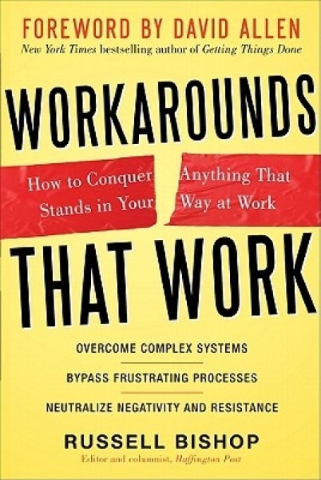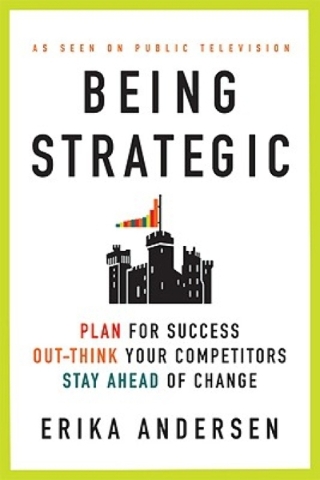

“Being Strategic: Plan for Success, Out-Think Your Competitors, Stay Ahead of Change” by Erika Andersen (St. Martin’s Press, $16.99).
Andersen defines strategy as “consistently making those core directional choices that will best move you toward your hoped-for future.” The key words: hoped-for-future. Vision begets ideas, which spawn plans.
“Define your challenge” — macro and micro. Llewellyn, a Welsh prince used as an everyman metaphor throughout the book, wants to build a castle to defend his turf and protect his people. He poses big-picture, “How can we…” questions to his nobles and advisors. The answers lead to more questions that take the project from 10,000 feet to ground level. Answers at the micro do three things: 1. Help gauge timeline. 2. Provide budget insight. 3. Minimize unintended consequences.
What’s next? “Clarify what is.” And what isn’t. SWOT (Strengths, Weaknesses, Opportunities, Threats) analysis helps identify where you are and some apparent obstacles. One of the key questions: Do you have the right people? In Llewellyn’s case, farmers and soldiers aren’t architects, stonecutters and builders. If you don’t have the right people, it will take more time and money — and the end product may not be quite what was envisioned.
“Envision what’s the hope.” Combine your what’s-next challenge with what-is reality. Get supporters onboard so the vision becomes collective — and so does the effort required to make it real.
“Face what’s in the way.” Watch your self-talk. Your interior commentator is always on. You have to measure what it says against reality, lest enthusiasm and emotion dictate action. Also, even though you anticipated finding trolls under bridges and prepared contingency plans, things never go quite as planned on a new venture. Learn to adapt.
“Determine what’s the path.” Select your core directional choice(s). Develop tactics that support it. Execute; pay attention to tactical results; tweak and follow through; move forward.
As Llewellyn builds his castle on the hill, you can build yours, too.
“Workarounds That Work: How to Conquer Anything that Stands in Your Way at Work” by Russell Bishop (McGraw Hill, $22).
While “continuous improvement” sounds good, procedures, infrastructures and processes always lag behind workplace reality. As a result, productivity lags because workers can’t really “work smart.” Meaningless meetings, mountains of reports to prepare (even though many aren’t read), inboxes and emails set on overflow and silos also makes “work smart” an oxymoron.
Most employees adopt an “it is what it is attitude” grumbling and muddling through their workdays handcuffed by “the system.” Bishop offers alternatives based upon problem solving and prevention. His first workaround: “How you frame the problem is the problem.” Framing leads to either a ready-fire-aim or ready-aim-fire response. “Labeling something as a problem automatically sets up the obstacle dominoes.”
He points out that Chinese use the same character for opportunity and threat. Framing situations as opportunities keeps options open; think puzzle (i.e. how can I …) not problem. When thinking threat, defense mechanisms kick in and options become self-limited.
Using the puzzle analogy, think of what you get when buying a jigsaw puzzle. There’s a picture of the finished puzzle on the box cover — this is your outcome. It’s the same way at work — but you have to create the picture (i.e. the outcome).
Odd-shaped pieces fill the box; the more pieces, the more difficult the puzzle. If you’ve ever worked on a puzzle as a family activity, you know that the group achieves the outcome quicker than one person does. It’s also more fun when others participate.
Similarly, you’re not the only one affected by a workplace puzzle. Ask yourself: Who else has ‘skin in the game’? Who else might be affected by a successful outcome? How can you engage these others to ‘play’? When a group become involved, many perspectives are shared.
— Jim Pawlak is a nationally syndicated reviewer of business books.







